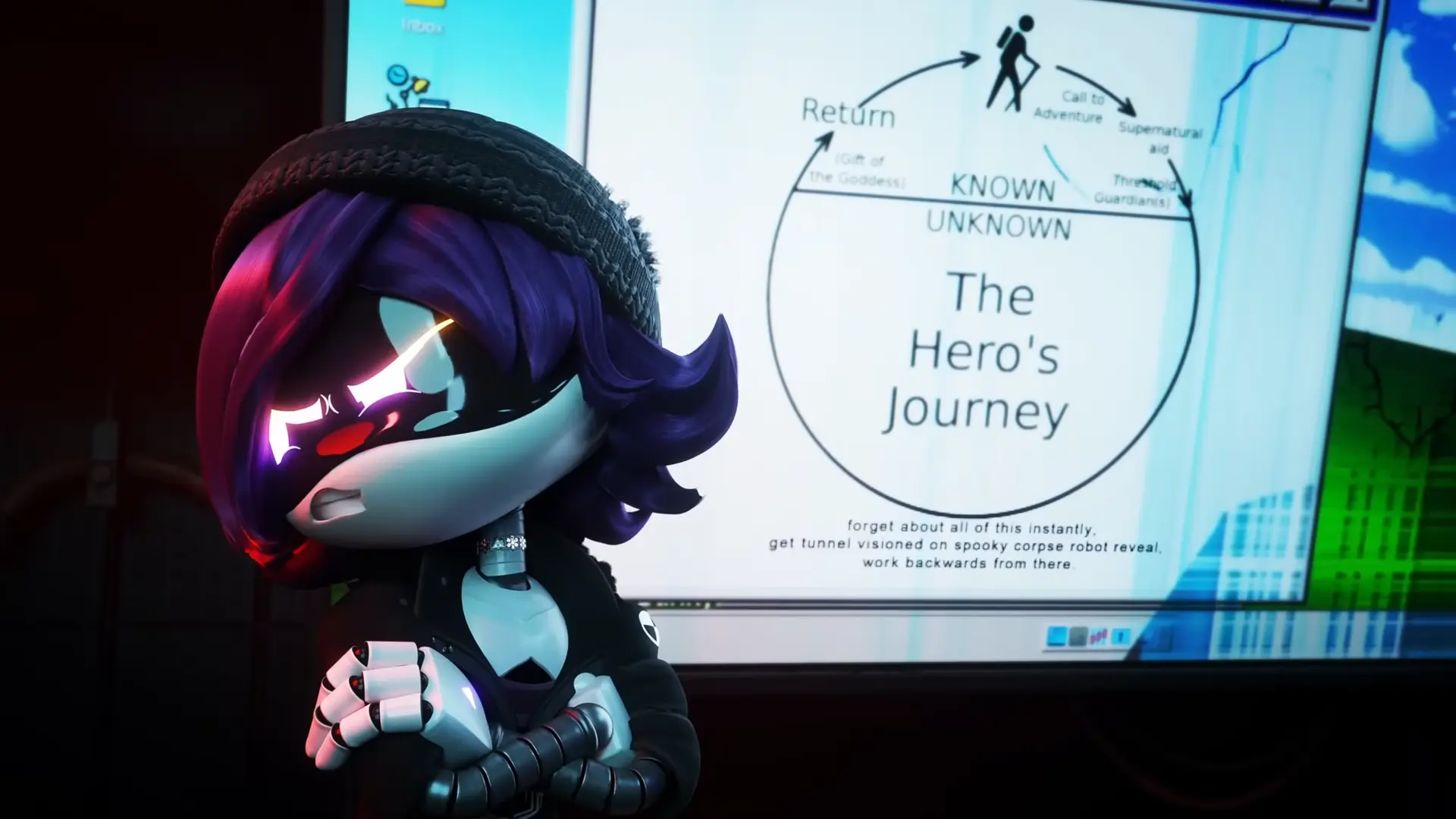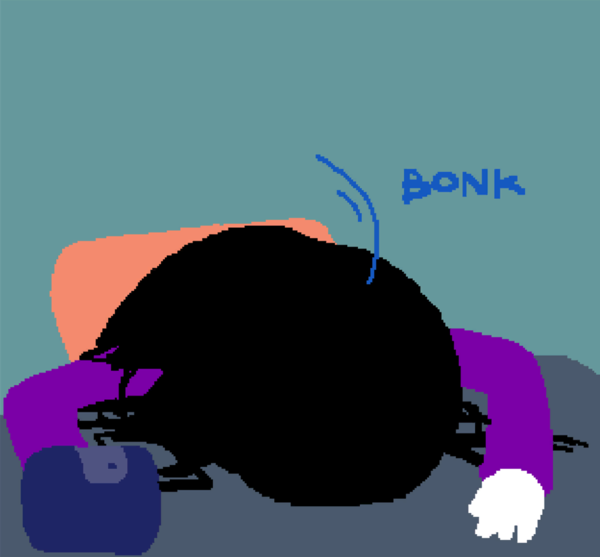I love murder drones. I think they’re such great little guys. Bring me a robot maid and I am yours forever, etc. But watching through the series itself actually took me a few stabs, and I think it’s due to a few design decisions that make following the plot unintuitive and add some friction to what’s otherwise a very fun show. So I want to talk a little bit about that friction, even though the entire thing is still a good time overall.
Indie Animation
First, the obviously relevant context is that Murder Drones is made by Glitch, which is a small independent animation studio. And independent animation necessarily comes with constraints. It’s incredibly exciting that we have the technology for small teams to make work with this quality and scale, and I don’t at all want to take that for granted. But I think a lot of the friction I have to talk about comes from fundamental trade-offs that come from that setup.
Since their resources are very limited and good animation is expensive work, there’s a pressure for everything to be compressed. Short episodes with short shots in an eight-episode miniseries mean the project is feasible, but it’s hard to get all your fun ideas in while still sufficiently paving the way for them to land properly.

Structurally, a small indie team also carries the risk of skill gaps. I don’t mean to make any criticisms of anyone in particular on the project here, but this kind of team might not necessarily have experienced television writers or producers. And, with a small independent team, there might not be enough of a test audience to catch things that could be improved, or not enough budget to re-iterate for minor improvements. So those are all categories of things that can easily run into trouble.
Independent serialized animation like this is a relatively new phenomenon, but these are going to be the same sorts of challenges projects like RWBY and Helluva Boss have. (Although I think Murder Drones is significantly better than both of those.) So while there are common environmental factors that can make this kind of project a little extra rough, the way that roughness actually manifests is interesting.
It’s not glaringly bad
The reason I’m interested in talking about this at all is that I noticed the friction as part of my own experience, but it wasn’t linked to any obvious problems. In fact, the whole reason I’m writing this is Murder Drones felt like it should be great, and I was surprised there were things that still weren’t quite clicking. In re-watching the series to write this, slowing down and zooming in to catch every piece made the effect much harder to see. It’s hard to put my finger on exactly what caused the effect. Which is why I want to! The dynamics you can barely see are always the most interesting to understand.
 The imperfections of Murder Drones
The imperfections of Murder Drones
 Some games about grief
Some games about grief
